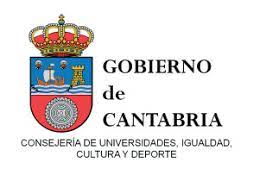Fanfare for the common man. The origins of European commercial theater
DOI:
https://doi.org/10.55422/bbmp.170Keywords:
Cervantes, Shakespeare, Lope de Vega, European theatre, Spanish literature from the Golden AgeAbstract
The plays of Shakespeare and his contemporaries told their audience the story of Power on Display, as Leonard Tennenhouse’s title described it. In Madrid during the same period, Cervantes and his fellow dramatists produced La Numancia, Fuenteovejuna and El alcalde de Zalamea, works that have more in common with the governorship of Sancho Panza on the island of Barataria that with the historical dilemmas of the aristocrats of Shakespeare’s cast of characters. The complaints of Cervantes and Lope about the power of the crowd, the vulgo, in the Madrid corrales were a consequence of the financing of theatrical production, involving a bizarre combination of patrons in private neighboring houses and the groundlings, or mosqueteros.
Downloads
Publication Facts
Reviewer profiles N/A
Author statements
Indexed in
- Academic society
- Sociedad Menéndez Pelayo
- Publisher
- Sociedad Menéndez Pelayo
Global Statistics ℹ️
|
136
Views
|
113
Downloads
|
|
249
Total
|
|
References
DÍEZ BORQUE, José María. (1988) El teatro en el siglo XVII. Madrid. Taurus.
MULLANEY, Stephen. (1980) The Place of the Stage. Chicago. Universidad de Chicago Press.
OLEZA, Joan (Ed.). (1997) Lope de Vega, Peribañez y el comendador de Ocaña. Barcelona. Crítica.
TENNENHOUSE, Leonard. (1986) Power on Display. Nueva York y Londres. Methuen.
THOMSON, Peter. (1983) Shakespeare’s Theatre. Routledge y Kegan Paul.
Downloads
Published
How to Cite
Issue
Section
License
Copyright (c) 2022 John Allen

This work is licensed under a Creative Commons Attribution-NonCommercial 4.0 International License.







